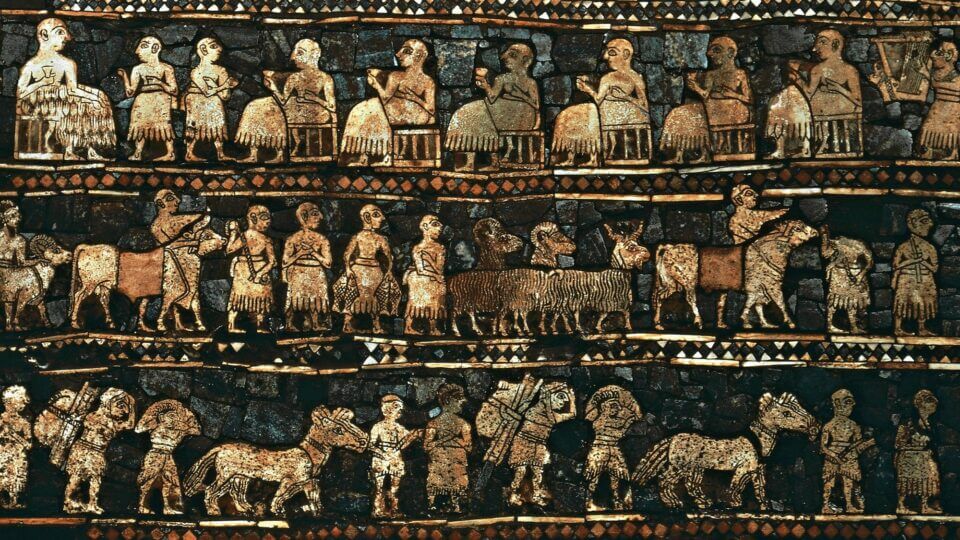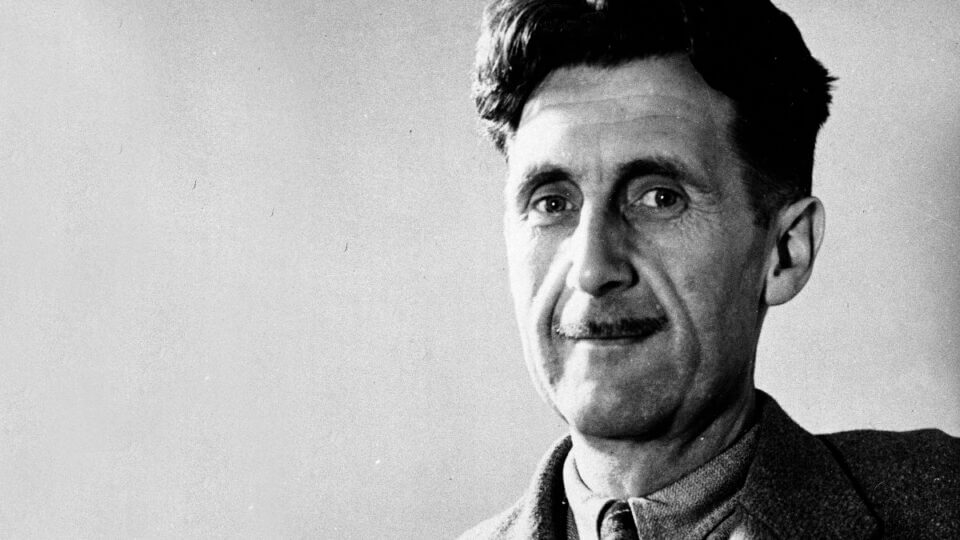
“This ability to deliver scientific progress amid a sea of errors is more common in the history of science than one might expect.”
Looking back at the history of ideas from our present vantage point, it is straightforward to judge the extent to which a given idea has been fruitful, true, or revolutionary for civilization. This, of course, is obvious only with hindsight. At the time of an idea’s genesis, it is only sometimes the case that its profundity is recognized. Often, years pass before the idea is appreciated and its creator respected for his or her insight. Such was the case for Nicolas Léonard Sadi Carnot (1796-1832), now declared as the father of thermodynamics, the science of the relationships among heat, temperature, matter, and motion. He never lived to witness his brainchild’s role in the history of science.
The Fall of the Carnots
Sadi Carnot’s father, Lazare Carnot, a brilliant mathematician and engineer in his own right, had a lively political career in French politics that began alongside the French Revolution in 1789. By 1795, he became one of the most prominent members of the Directory and was the only member of the Directory to have supported Napoléon Bonaparte during these final years of the eighteenth century. By 1800, Bonaparte selected Lazare Carnot to serve as his Minister of War. Later, in 1809, in the service of Bonaparte, Lazare theorized about how the emperor could better engineer his fortification systems. Following the fall of Bonaparte in 1815, Lazare was banished from France, never to return in his lifetime.
Born only one year into his father’s swerving political trajectory, Sadi Carnot witnessed the entire rise and fall of Lazare’s star. The two were close; even after Lazare’s exile, he encouraged his son’s burning wonder about the workings of the natural world. Napoléon’s downfall was personal for Sadi, then just entering manhood—his family’s name was tarnished, and his beloved father was cast away, now living in Germany. Sadi felt that Napoléon’s defeat was at least in part because of England’s more efficient steam engines, which yielded a nontrivial advantage in war. Ever loyal to both his father and his country, Sadi endeavored to improve the steam engine.
Steam engines were still a relatively new technology in the 1820s, and they were woefully inefficient at the time (an efficiency of 5% would have been rare), despite their wide-ranging applications to tasks such as forging iron, weaving cloth, and draining water from mines. A steam engine provides useful work by channeling the heat from burning coal towards water, which then boils into steam that powers the technology at hand (for an instance, to power a locomotive). Here, “efficiency” is defined as the amount of purposeful work that can be converted from a given amount of heat. Carnot set out to understand whether or not there was a limit to how efficient an engine could be, and also whether or not steam engines could be improved by replacing steam with a different medium.
Sadi’s Stroke of Genius
Carnot’s brilliant stroke was to abstract away any specifics about the steam engine and to imagine only an ideal engine. Then, whatever conclusions he derived for such a generic engine would apply to all engines that could conceivably be built. This technique of ignoring the specifics of a device in order to derive universal principles about the operations of the entire family of all such devices is taken for granted now, but—in the 1800’s—it was still a relatively new scientific strategy.
Now known as the “Carnot engine,” this idealized engine allowed Carnot to see clearly how heat, temperature, and work relate to each other during the device’s operation. The Carnot engine is imagined to be connected to two heat reservoirs of different temperatures. Such an abstraction allowed Carnot to recognize that an engine is a device that requires an input, heat, in order to deliver a desired output, work. With only rudimentary mathematics, Carnot derived a number of conclusions that answered the questions he’d asked himself.
It turned out that the efficiency of an engine is related to the amount by which the temperatures in the reservoirs differed—the greater the gap between their temperatures, the more efficient the engine would be. The situation is analogous, though imperfect, to dropping a ball from a rooftop. The higher the rooftop, the faster the ball will be moving at the moment when it hits the ground. The temperature difference in the heat reservoirs on each side of the Carnot engine is like the height from which the ball is dropped—greater temperature difference yields greater engine efficiency, and greater height yields faster speed of the ball at the bottom of its fall.
In demonstrating this relationship between an engine’s efficiency and the temperature difference available to the engine, Carnot confirmed that there is, in fact, a limit to an engine’s efficiency—no other engine can possibly be more efficient than the one imagined by Carnot (and so, in a very literal sense, the Carnot engine is “ideal”).
Just as importantly, Carnot showed that it does not matter which substance one uses to convert heat into work; steam works just as well as any other substance, provided the substance is capable of transferring the heat in the first place. Once again, what matters is the temperature difference that the heat engine faces.
Finally, Carnot introduced concepts that would prove to be foundational for both the science of thermodynamics and its applications. The Carnot engine is a cycle, since it can convert heat into work over and over again. And it is reversible, meaning that it can convert heat into work and also work into heat.
At the time of Carnot’s revolutionary work, a popular belief among scientists was the so-called “caloric theory” of heat, which asserted that heat was a fluid that was somehow transferred between objects. We now know that heat is just a form of energy, like nuclear energy or electrical energy and not a physical substance unto itself, like smoke or water. But Carnot was not afforded the knowledge we have today, and he seemed to have accepted the caloric theory. Despite holding a false view on the nature of heat, he nevertheless derived conclusions about heat, work, and temperature that we regard as true to this day. This ability to deliver scientific progress amid a sea of errors is more common in the history of science than one might expect.
Bad Fortune
It would seem that Carnot had accomplished his goal of providing France a means by which to improve their technology—in order to render an engine more efficient, simply increase the temperature difference around it. But no scientific journal accepted Carnot’s writings on engines, and so in 1824, only in his late 20’s, he self-published a book on the matter, Reflections on the Motive Power of Fire. It received all of one reference in his remaining lifetime.
Not long after his publication of Reflections, Carnot’s physical and mental health declined until he was sent to a private asylum. He died of cholera shortly thereafter, at the young age of 36. Due to the contagious nature of this disease, much of Carnot’s work was buried with him, never to be rediscovered. Whatever other ideas he may have had are forever lost to us.
The Father of Thermodynamics: A Science is Born
Carnot’s genius was vindicated only fifteen or so years following his death, when physicists Sir William Thomson and Rudolf Clausius discovered the ideas in Reflections and built upon them to establish a full-fledged theory of thermodynamics. Their framework revealed Carnot’s limit on engines’ efficiency to be an ironclad law of nature, not merely whimsical thoughts of a young, unknown physicist.
And in practical terms, Rudolf Deisel invented his Deisel engine by directly employing Carnot’s notions about idealized engines and their conversion of heat into work a few decades after Carnot’s death. Since then, any number of inventions rely on Carnot’s work—and thermodynamics more generally—including refrigerators, turbines, locomotives, heat pumps, and so on.
How was Carnot able to take the leap from improving some particular steam engine to discovering answers about heat engines in general? After all, this genius step may have seemed alien for a society that was still reeling from the Enlightenment (which could explain Carnot’s obscurity during his brief lifetime). But Sadi Carnot had studied a vast array of subjects, curious about the underpinnings of all of them. As his brother, Hippolyte, wrote, “[Sadi] visited the workshops with eager interest, and made himself familiar with the processes of manufacture; mathematical sciences, natural history, industrial art, political economy—all these he cultivated with equal ardor. I have seen him not only practice as an amusement, but search theoretically into, gymnastics, fencing, swimming, dancing, and even skating. In even these things Sadi acquired a superiority which astonished specialists…for the satisfaction of his own mind was the only aim that he sought.” In seeking to understand seemingly disconnected fields, Carnot must have developed an ability to abstract away the particulars of a given problem and pinpoint only the relevant components. Again, this ability to generalize is taken for granted by scientists now, but it was far less common 200 years ago.
On the other hand, Lazare Carnot had been applying similar abstraction techniques to engineering problems before his son was even born, and it could be that Sadi simply adopted the methods of his father and took them to ever-greater heights. Scientists usually stand on the shoulders of giants, as the saying goes, but in this case, the shoulders on which Carnot were standing belonged to his father.
And if Thomson and Clausius were able to appreciate the contributions of Carnot years after his book’s publication, why could no one else do so while he was alive? Here, a few factors are at work. Social skills matter, even in science, and Carnot was known to be quite introverted. He seemed to have been more interested in catering to his insatiable appetite for understanding the workings of Nature than in advertising his groundbreaking research to his peers. In addition to Carnot’s lackluster marketing efforts, his results in Reflections were neither as mathematically rigorous nor as supported by data as they might have been (both are tasks that he may have been pursued, had he lived). Only after an acquaintance of Carnot, Emile Clapeyron, reworked both the style and mathematics of Reflections did other scientists take the work seriously.
Solace in the Long-term
Carnot died in the midst of disease and delirium, without seeing firsthand how revolutionary his ideas would come to be. But he must have taken some solace in knowing that he’d accomplished what he’d set out to do, even though he did not witness the resurrection of his family’s name. Ultimately, Carnot brought to his family’s name a permanent honor beyond anything his father could have achieved. For we can never know at the time of an idea’s birth how far it will take civilization. Carnot never lived to see his genius vindicated, but his spirit lives on in our devices.
Logan Chipkin is a freelance writer and holds degrees in physics and evolutionary theory. He writes about science, history, philosophy, and economics. Contact him at chipkin.logan@gmail.com, or on Twitter @ChipkinLogan.
This article appeared originally in the February/March 2020 edition of History Magazine.










